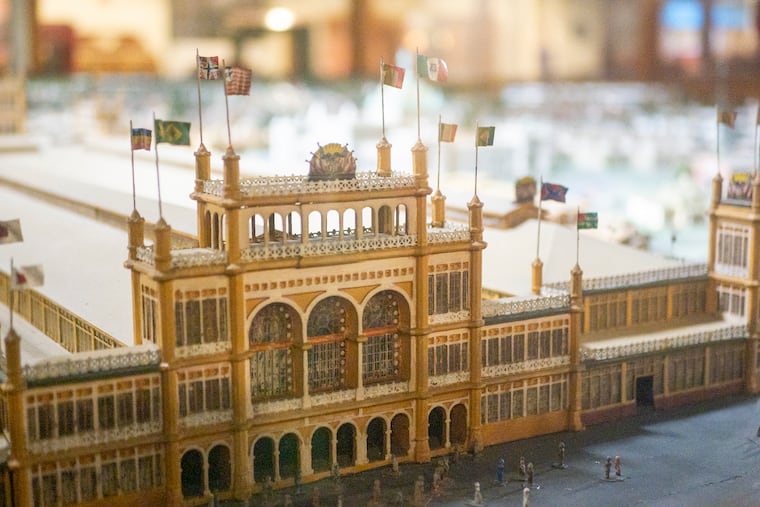New Please Touch gallery will head back to the Centennial of 1876 to help kids imagine the future
A $1.7 million renovation will spotlight the historic scale model of Philadelphia’s great 1876 Centennial Exposition — with 21st century digital interactives — as a way to foster invention and creativity in children.
